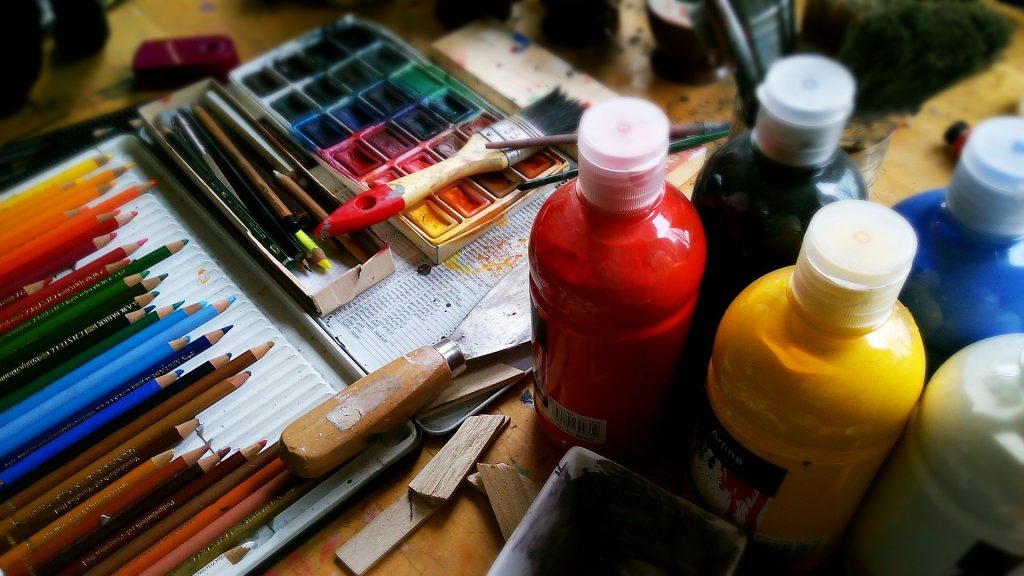
How useful are rules in art? If it were a science, there would be fixed laws, as in physics and arithmetic. If not, is it possible to line rules? Leonardo statue maker says yes: “Truly this is often science, the legitimate daughter of nature because painting is born of (that) nature.
But before we take them literally, we should always consider what the meanings of the words art and science were at the time of the Renaissance. The definition of art may have included any skill; those of science any reasonably generalized knowledge. There was no concept of the liberty of the artist and of the various paths art can take.
Unique because a natural phenomenon has, in essence, only 1 correct explanation; Provisional, because in physics, chemistry, or biology new theories are continuously formed that replace previous ones. Art, rather than one explanation, offers a variety of solutions for an esthetic problem. there’s not a technique only of doing things. Tradition and invention alter our ways of painting, but nobody is forced to simply accept any precept or to affix any movement. Suggestions are given, but no absolute rules or canons. Art is, ultimately, an affidavit to man’s freedom. Yet, there exists a standard ground for the appreciation of art, beyond time and space.
Color:
Light is that the part of the radiation that’s visible to our eyes. It covers a spread of wavelengths, from violet to red, orange, yellow, green, and blue. Black and white don’t seem to be real colors within the physical sense. Black is that the absence of sunshine and white could be a mixture of colored lights. Hue is that a variety of colors: red, blue, etc.
Light can come from objects that emit it, like flames, the filaments of electrical lamps, fluorescent bulbs, the celebs or the sun, and from objects that receive light from another source and reflect it (including the sky and therefore the moon). The colors of pigments result mainly from the absorption of certain components of the white light and therefore the reflection of the colors that weren’t absorbed.









